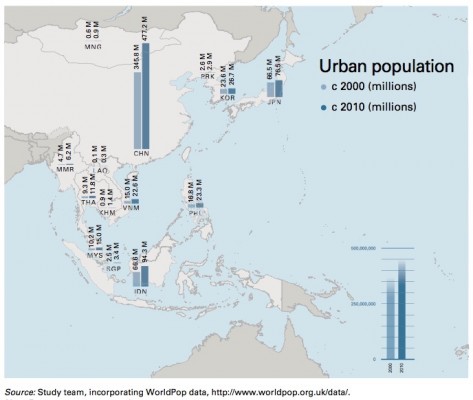
China was home to 80% of urban growth in East Asia from 2000-2010, according to new data from the World Bank. The move to China’s mega-cities has been the largest mass migration in human history. According to the World Bank report, the state-owned China Development Bank, a member of the Paulson Institute’s CEO Council for Sustainable Urbanization, lent US$168 billion to projects related to urbanization in 2013, two-thirds of its total loans that year. With urbanization a key national priority, China’s challenge will be building livable cities that not only provide residents with economic prospects, but also social and educational opportunities. The Institute’s Sustainable Urbanization program is driving change on the ground in China to help cities accomplish just that. The program’s Mayors Training Initiative is working to educate the very leaders who are making policy decisions at the local level that affect millions of urbanites. The Institute is also leading the conversation on sustainable building codes, convening experts at its annual Cities of the Future conference in November to form proposals on how China can cut its carbon emissions through strengthened building standards. Finally, the Institute’s Prize for Cities of the Future, awarded this year to the Shenzhen International Low-Carbon City, recognizes urban projects that prioritize development focused on the needs of local people and the environment. With 100 million more citizens expected to relocate to China’s cities over the next six years, China must seize the opportunity to create efficient and effective urban centers.


